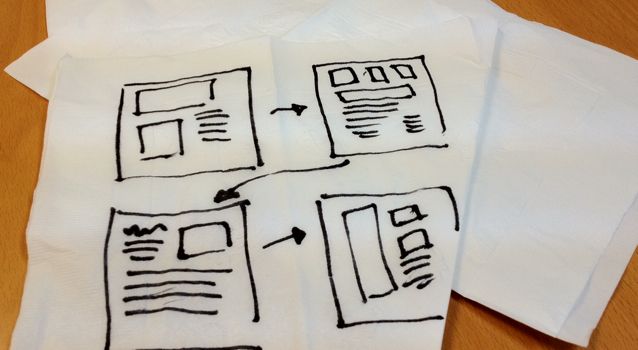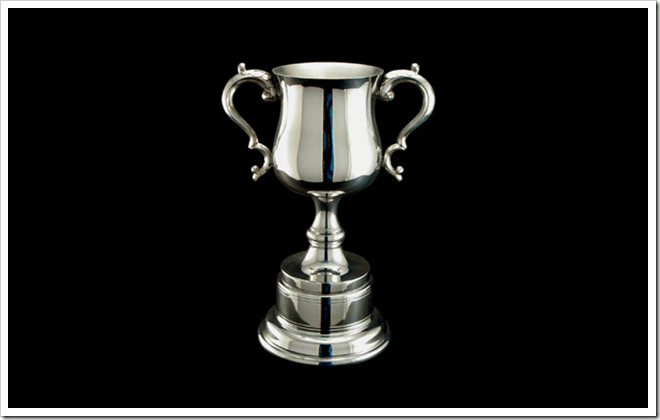These models and visuals can and should be used as tools for eliciting requirements and driving to shared understanding; as ways to facilitate working discussions on topics for which we are seeking clarity. Start simple, start messy. Use the process as one of “collaborative creation”. When we draw on the whiteboard together – or model a process flow together – all parties walk away with the dialog and context for how we arrived at the end image. If we don’t see things the same way at first, we draw and discuss and deliberate until we achieve that elusive shared understanding.
The tacit knowledge – or knowledge that comes out in the dialog and sketching, but isn’t captured in the final documentation – is often a critical gap or missing link between business analyst and stakeholder that limits the success of our efforts.
I’ve found that the process of deliberating and rationalizing potential paths together with business and delivery stakeholders until we reach an agreed upon “best way forward” provides the real value in visual modeling.






Hi, thanks for this article. Absolutely agree with you. I’ve found the use of brainstorming diagrams useful at the beginning of a project to understand the context and find that process modelling during the workshop far better than doing it afterwards. Also so much faster.